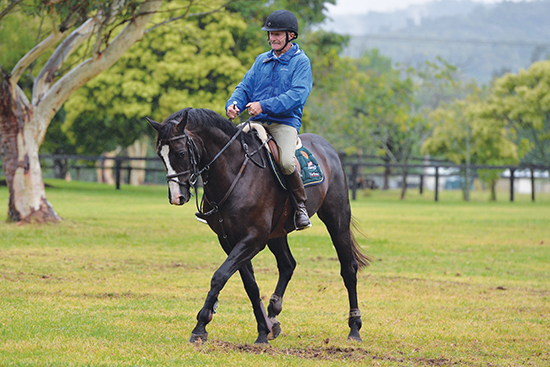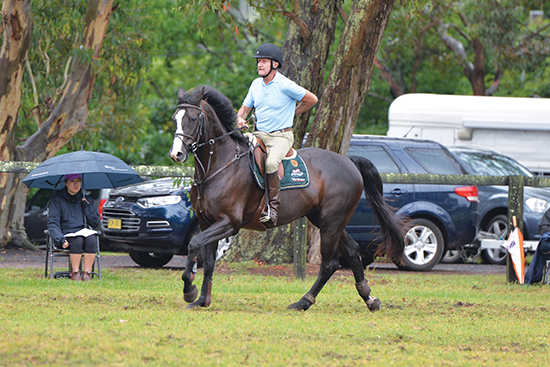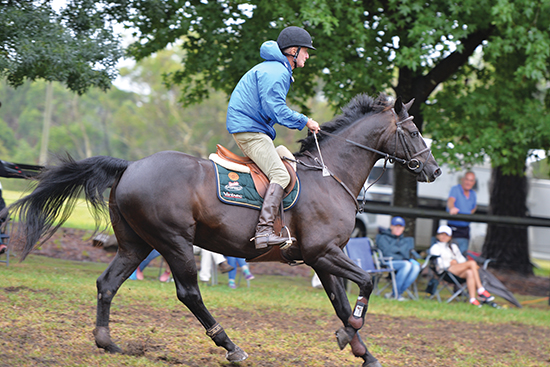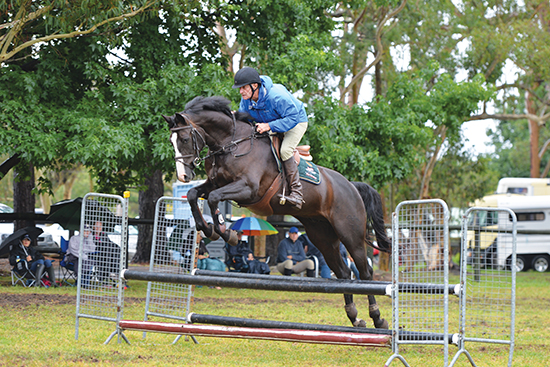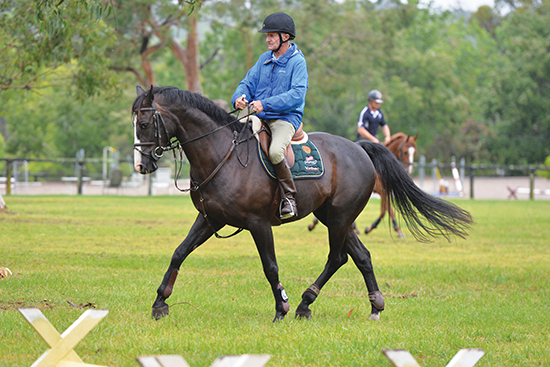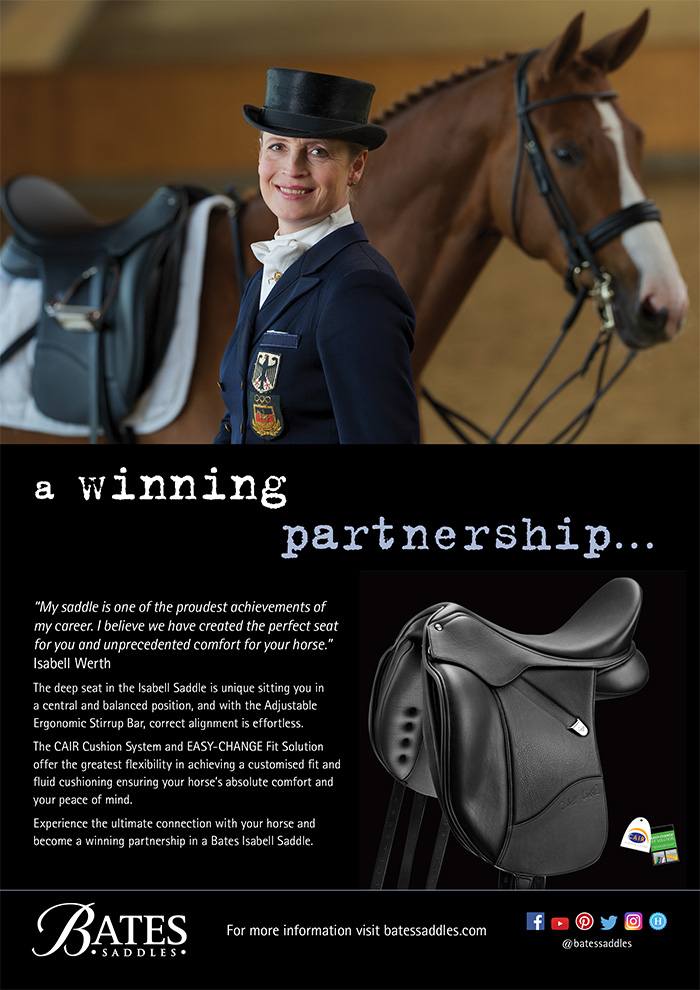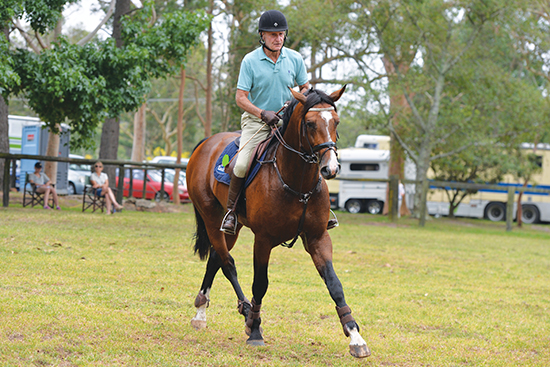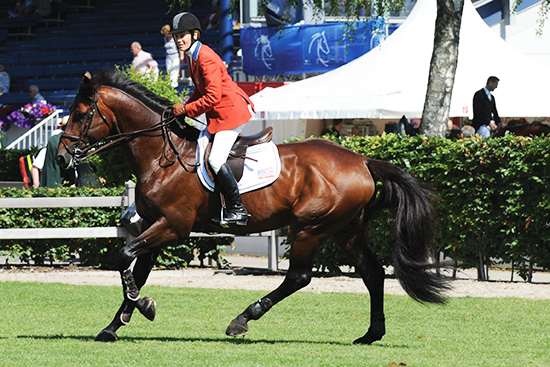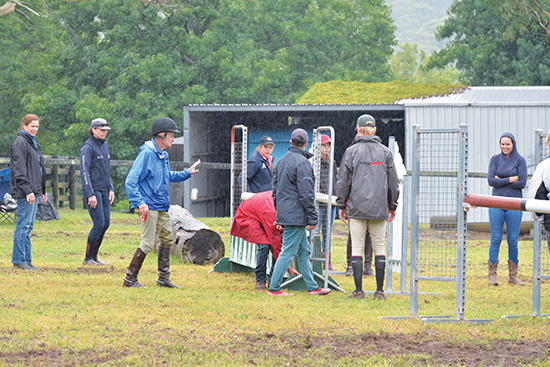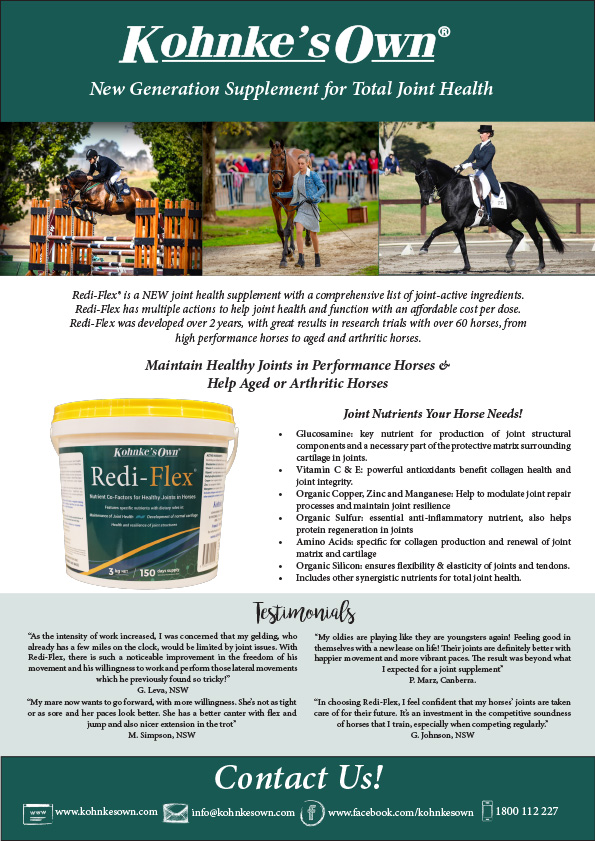VIEW PART TWO HERE:
http://www.horsemagazine.com/thm/2015/05/george-morris-part-two/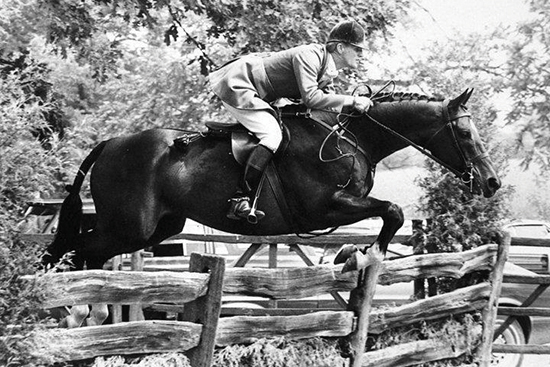 Rodney Jenkins, the greatest horseman we ever had…
Rodney Jenkins, the greatest horseman we ever had…
Story by Christopher Hector & Photos by Roz Neave
Each year at the George Morris Clinics, a new theme emerges, a new angle at looking at the art of riding jumping horses, and this year, that theme seemed to be backs – how horses with stiff backs, jumped badly with stiff legs…
“There were dressage riders before Caprilli who thought about the topic, but Caprilli really got it, Caprilli is about the horse’s top line, about the head, neck, back, spinal column. Everyone complains about back problems, but they have forgotten the horse’s back: with heavy backward riding, they are interfering, hindering, and physically hurting the horse’s back. So they compensate with the back boots. Talk about tranquillisers, talk about medication, those boots make an un-level playing field.”
“So the horse comes up in front, the horse kicks up behind because of the boots, but watch the horse in the air, watch their backs, they are flat and they are stiff. We learned a lot about backs from that great horseman Rodney Jenkins, who was part-horse, he is the greatest horseman we have ever had, and he always preached with the hunters and the jumpers, that if the horse is soft and supple in his back, in his top-line jumping a fence, then his legs will be better. If he is stiff in his back, in his top-line, he will hang, he will twist, he will be stiff in front, stiff behind.”
“Gerd Heuschmann who has written two wonderful books on horses and riding, is like Caprilli; he really understands the anatomy of the horse, the mentality of the horse. Caprilli understood that, and adopted the rider’s position for fast riding especially – to the horse, to the horse’s topline. I’ve been very happy to see in dressage recently, that Gerd, and journalists like you, are emphasising the horse’s back, that the horse is able to come up into a light empathetic seat, not a crushing seat. Of course the swinging of the back comes from the active engagement of the hind-leg. These principles of old masters are truer than ever.”
No armchair expert, George rides Black Currency
“It is not we are reinventing the wheel, it’s not we are old-fashioned or old fuddy-duddys trying to go back to the good old days, it is a fact of riding the horse. And I can speak loudly because I have ridden horses for seventy years at quite a high level, I have taught riders for sixty years at quite a high level, daily. Every day of my life. I ride, teach, ride teach. So I am not only an armchair expert from reading and having been taught by great people, but I experience it. I experience the horse. The stiffness or the resistance I feel in horses. And I can say the back is not the starting point, the starting point is the hind-leg of the horse. That is what the greats of Germany, the greats of France, and the greats of Holland have always taught us the same thing – and that is get the hind-leg.”
more below
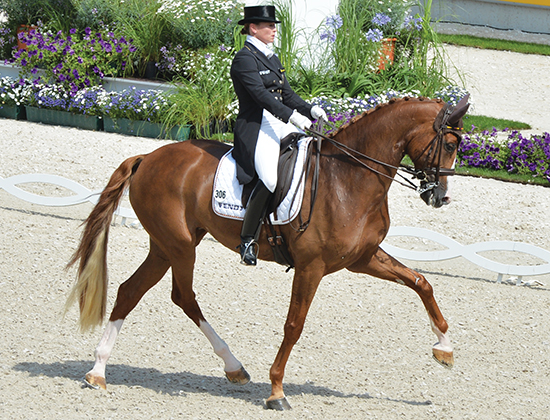 The queen of the half pass, with her best ever horse, Isabell Werth and Bella Rose
The queen of the half pass, with her best ever horse, Isabell Werth and Bella Rose
“Isabell Werth, in her book she asks why shoulder in? Why shoulder fore? To put the horse on his hind-leg. Why does she do half pass? To put the horse on the hind-leg. Why does she do half-halts, classical half-halts, to put the horse on the hind leg. And that is the start to drop the croup, spread the ribcage, raise with the wither, to get the back working.”
Because it is a cheap thrill, you just have to pull with the rein and you get a result. Moving a hind-leg, that takes a bit of art, George demonstrates with Baluga.
“When I ride a horse, the horse’s head is very important, the flexion of the mouth, the suppleness of the poll, but it is just second to the hind-leg. It doesn’t precede it. I am very against starting these horses like they all do today, the top-riders, jumping and dressage, neck-bending. I am not for that. I am for starting out with rhythm, starting out making the horse straight – because if you get the average rider focused on neck-bending, they really forget the hind-leg. That is also a big fashion in equestrian sport, is this
neck-bending.”
“But it feels so good when you get that hind leg. Especially with most horses who start out with a strong left hind-leg, and getting that right hind-leg stronger. Getting that horse to give in – seven out of ten horses are hollow on the right, like the horse I rode today. Very strong on the left hind, very weak on the right, that’s why he swaps out to the left lead. But I had Bert de Nemethy, had Richard Watjen, Gunnar Anderson, Reiner Klimke, every time I saw Reiner, I’d say, give me a lesson. Don’t pooh pooh the old masters. Read old books. What did Fillis have to say? What did those old German masters, what did
Baucher have to say?”
“The problem is the younger riders don’t know that history teaches them. History, ideology, study, theory, when I give clinics, I have to give theory during the clinic. I shouldn’t have to do that. They should come to the clinic asking, What is shoulder-in? What is half-halt? What is leg-yielding? What is stretching? What is softening the lower jaw? Everywhere I go today, Europe, Australia, America, they don’t have history or theory. So you are starting a riding lesson with nothing. It is called hobby riding.”
“In my country today you ask who is Rodney Jenkins? Who is Bill Steinkraus? Even Bert de Nemethy, you ask all those young equitation riders, and they don’t know…”
Anne Kursinski, a product of the copying system, and a winner of the Grand Prix at Aachen
“The copying system. Anne Kursinski is a great horsewoman. Her record speaks for itself. She grew up with a great horseman, Jimmy Williams, who produced legions of the now-professionals. Anne worked with Hilda Gurney quite a bit, and when she came to me, she was about 21, 22 and she boarded at my stable. And I purposely never gave her a lesson, because she’d had so many lessons and she didn’t want to have it stuffed down her throat, I knew that. So I was still riding at that time, Grand Prix, and we always rode together. I call it teaching by association.”
“In 18 years to this day, I have never put Anne on the circle, or given her a lesson with a cross rail. Never, not one and I did that on purpose, but I taught her more than most people I have ever taught, by association. But I was always riding hunters and jumpers, that’s how I taught Conrad Homfeld, Ian Millar, we rode together. All those people Matt Cone, Leslie Howard, Katie Monahan, Thomas Fuchs, all those people I taught by association. I rode with them. I didn’t babysit them all on the circle. And they absorbed it. They copy. That supplements riding lessons, which these younger people have to have.”
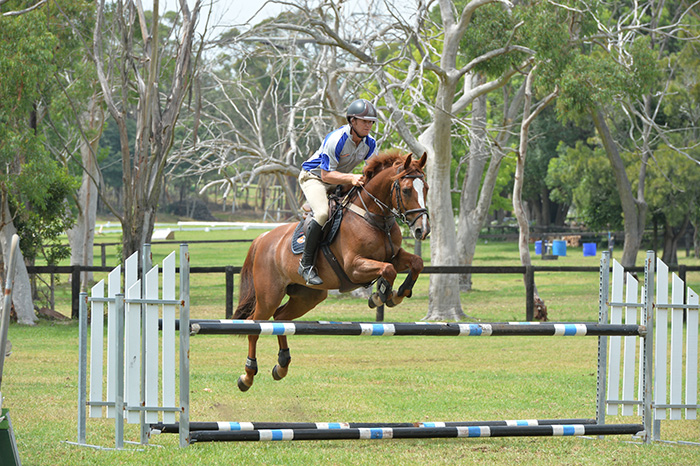
Dave Cameron, ‘he has a feel’.
Coming back to the here-and-now, this must be very close to the top clinic you have taught in this country?
“Anywhere, because in Australia, they are horse people here. They are hands-on horse people. They are not all polished, they are hands-on horse people, they don’t jump into the limo from Palm Beach to Wellington, hop on their tacked up horse to go for a lesson – god bless them I love them. In Australia you can deal with them from the base of being hands-on horse people. When I tell them I am coming here, people say, ‘how can you miss the first weeks of Wellington, how can you leave?’, and I say it’s because it is refreshing to go to Australia. It’s not educate them and they become horse people, that doesn’t happen, have horse people and then educate them…”
A good example is Dave Cameron. I don’t think anyone would accuse him of being classically stylish, but holy hell he gets horses to operate…
“Absolutely. He has a softness, he has a strength, he has a feel, he has a background, he gets it done. He would be a dream to really polish.”
Time to re-set the course and it’s hands on for the Australians, in rain and the mud, on Vicki’s undulating paddock among the gum trees, with George Morris.
Looking forward to more words of wisdom from George again next year.
VIEW PART TWO HERE:
http://www.horsemagazine.com/thm/2015/05/george-morris-part-two/




